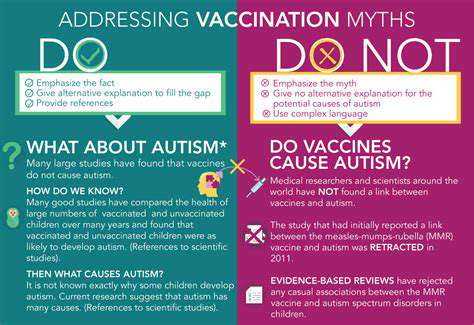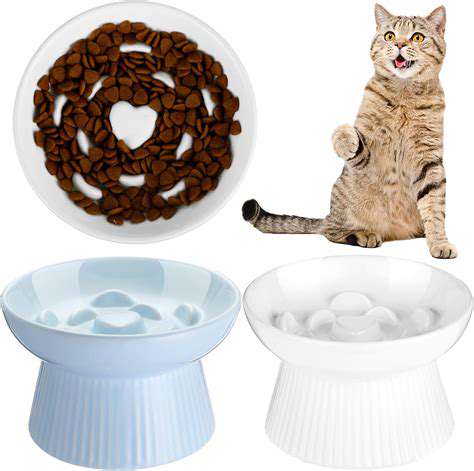Guide to Pet Nail Care
Why Regular Nail Trimming is Crucial for Your Pet's Well-being
Why Nail Trimming is Essential
Keeping your pet's nails at an appropriate length plays a vital role in their daily comfort and long-term health. When nails grow too long, they create unnatural pressure on the paw structure, which may lead to joint misalignment and mobility challenges. This is particularly concerning for smaller dog breeds and pets with existing joint conditions.
Neglecting nail care often results in the quick becoming compressed against the toe bones. This painful condition frequently leads to infections that require professional treatment, potentially resulting in higher veterinary costs over time compared to regular maintenance.
Understanding the Risks of Untrimmed Nails
Overgrown nails create multiple health risks beyond simple discomfort. The altered foot positioning forces pets to adjust their natural gait, which can strain muscles and ligaments. Some animals develop permanent postural changes when forced to walk with excessively long nails for extended periods.
Senior pets face particular risks from untrimmed nails, as the added joint stress may accelerate degenerative conditions. The cumulative effect of improper weight distribution can transform minor arthritis into debilitating pain, significantly reducing quality of life.
Identifying Signs of Overgrown Nails
Watch for subtle behavioral changes that might indicate nail-related discomfort. Does your pet hesitate before jumping onto furniture they previously accessed easily? Have you noticed unusual licking or chewing at their paws? These behaviors often precede more obvious limping.
Conduct weekly paw inspections - nails should not touch the ground when your pet stands normally. If you hear clicking sounds on hard surfaces or see nails curling sideways, immediate trimming is necessary to prevent embedding into paw pads.
Proper Nail Trimming Techniques
Successful nail care requires patience and proper methodology. Always have styptic powder available to stop potential bleeding before beginning. Trim small portions frequently rather than attempting major corrections in one session, as this allows the quick to recede gradually.
For anxious pets, consider cooperative care techniques where the animal can choose to participate. Pair trimming sessions with high-value treats to create positive associations. Many veterinary offices offer free nail trim demonstrations - take advantage of these educational opportunities.
Choosing the Right Tools and Equipment
Tool selection should match your pet's nail thickness and your comfort level. Guillotine-style clippers work well for small dogs and cats, while scissor-type clippers provide better control for larger breeds. Rotary grinders offer precision but require acclimation to vibration and noise.
Invest in quality lighting and magnification if needed - being able to clearly see the nail's internal structure prevents accidents. Non-slip mats help stabilize restless pets, and having an assistant available often makes the process smoother and safer.

Read more about Guide to Pet Nail Care
Hot Recommendations
- How to Teach Your Dog to Play Fetch
- Heartwarming Stories of Pets in Retirement Homes
- How to Teach Your Dog to Leave It
- My Pet's First Snow Experience [Story]
- Review: [Specific Brand] Pet Water Fountain
- Guide to Dealing with Aggression in Dogs
- Guide to Using Positive Reinforcement in Training
- Living with a Pet Who Loves the Outdoors
- Guide to Puppy Obedience Training
- Guide to Training a Deaf Dog


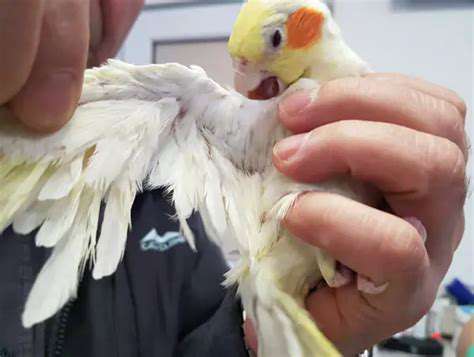
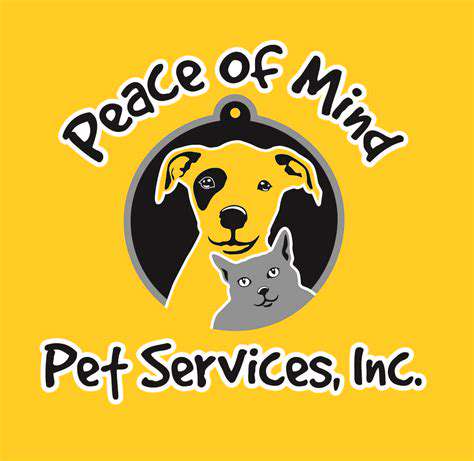
![A Week in the Life of My [Pet's Name]](/static/images/33/2025-05/DinnertimeDelightsandEveningEntertainment.jpg)
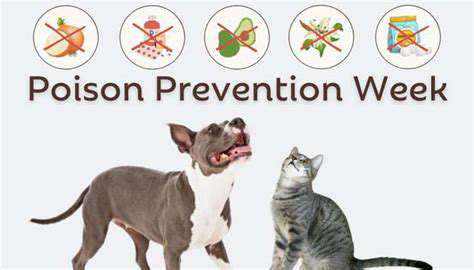
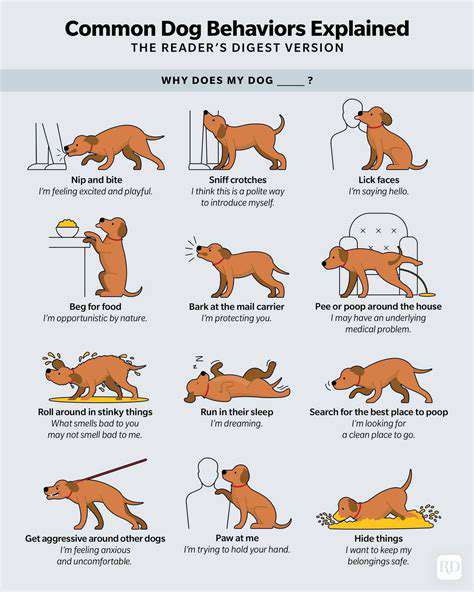

![Review: [Specific Brand] Reptile Food](/static/images/33/2025-05/EaseofUseandFeedingExperience.jpg)
